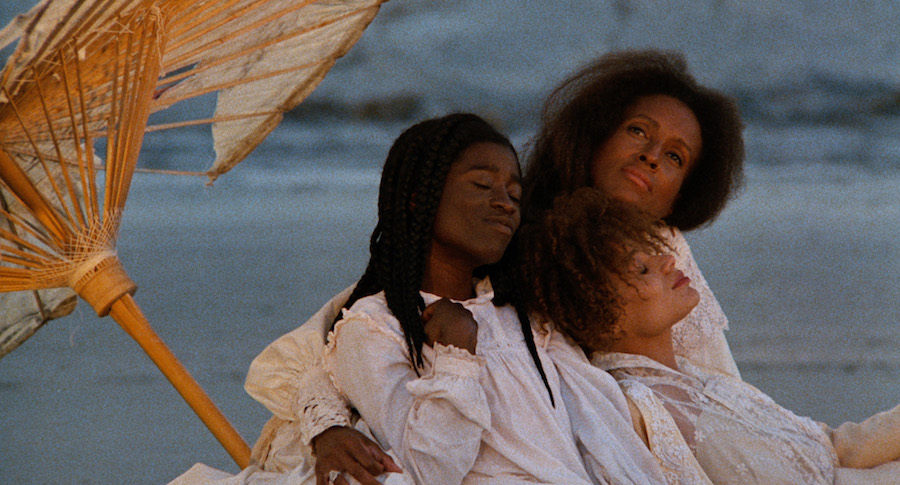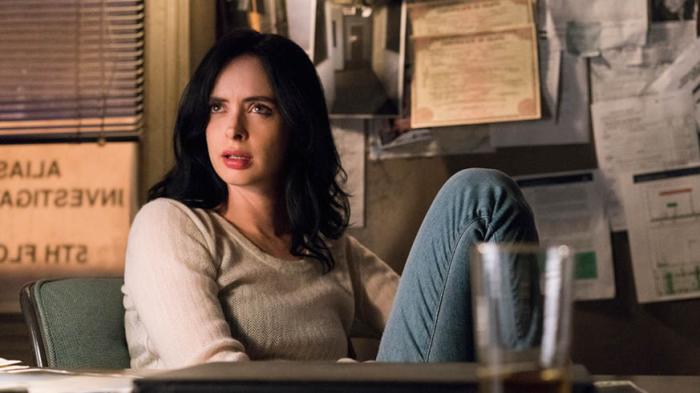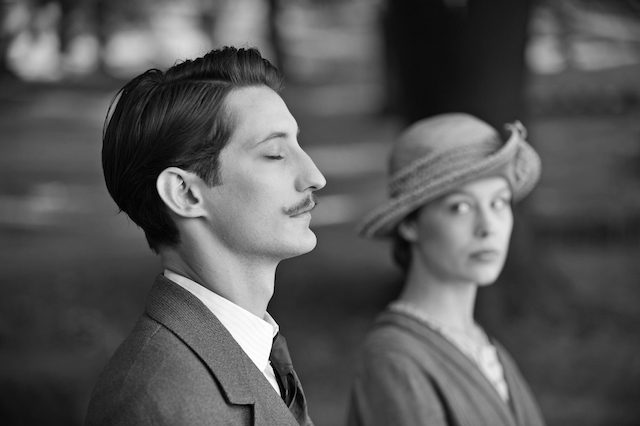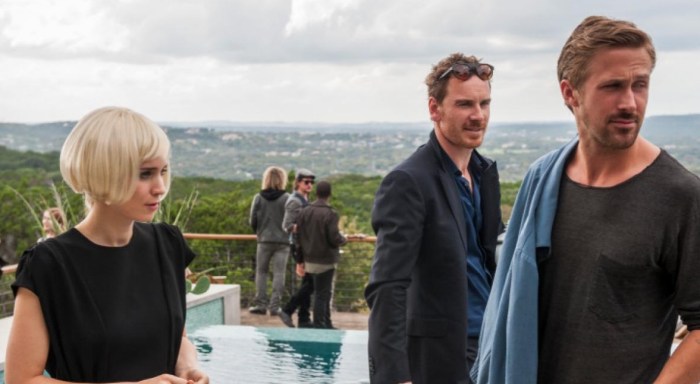‘Daughters of the Dust’ In 1991, Julie Dash’s “Daughters of the Dust” played for months at Film Forum in New York. Eventually it became one of the year’s highest indie grossers. No one could quite explain why. It had no plot. It had no stars. Its meaning was obscure. It spoke in its own unique, private cinematic language. It’s the rare case, since the 1970s, where what was essentially an art film broke through into a tiny part of the mainstream. And yet it wasn’t a situation where repeat viewers were trying to figure it out, as one would a crossword puzzle. It was an experience, one beyond interpretation and articulation. Then and today it plays like a beloved song whose words you never learned but which still occupies a profound part of your existence. “Daughters of the Dust” drifted into theaters like a dream, then disappeared like one, too. Its stars didn’t become stars. Its filmmaker continued to work, but faced untold setbacks and boundaries. (Dash’s best known work since, the 2002 TV movie “The Rosa Parks Story,” found her fighting tooth and nail with execs, who wanted a more traditional, saccharine biopic.) There have been no copycats. Largely unavailable until this new restoration/reissue, it’s been spoken of by critics and fans as a collective reverie only a handful recall — one that defies logic, that seems to have never happened, even if there’s proof anew that it did. RELATED: Interview: Michael Shannon says don’t talk to your Trump-voting relatives At least that’s an appropriate response, if you will. From stem to stern, “Daughters of the Dust” is designed to feel like a dream. It’s timeless and rooted in time, both its 1902 setting and the year it was made. (The drum- and synth-string-heavy score is very 1991.) Dash sets her film among the Gullah people — descendants of slaves who formed an enclave for generations in parts of the deep south. They live away from the ways of the white man, carrying on traditions that blend African with American. Hoeing down for a beachside celebration, they speak in unsubtitled “Gullah creole,” which sounds like a vaguely alien English, but also sometimes in subtitled French. Understanding what they say isn’t always key, but drift off and you’ll miss key lines that give the film meaning, even if the meaning can’t be boiled down into a simple message. What follows sounds like a hang-out movie, but it isn’t quite. The women, in beautiful white summer dresses, and the men, in formal suits, cook gumbo, talk, dance. Many are planning on leaving, heading outside their protective bubble into the outside world, which looks and feels nothing like their own. Till then, they party. The characters move in groups or in pairs. Over the film’s languorous two hours, we get to know each one — the stubborn matriarch Nana (Cora Lee Day), who refuses to leave; the fiery grandson Eli (Adisa Anderson), who feels otherwise; the returning granddaughter Yellow Mary (Barbara-O), who’s come bearing a snazzy photographer (“She’s Gotta Have It”’s Tommy Hicks) — but only enough to know that we don’t know them, not really. Some might even be ghosts; maybe they all are. It can be tricky getting your bearings on “Daughters of the Dust.”It looks and feels like no other film, and you may spend the first 10, 20, maybe even 30 minutes trying to get your footing. The movie doesn’t do you any favors, but it’s not combative. It quietly asks that you meet it on its own terms. Viewers of 1991 did just that; many seemed to treat it like a kind of safe space — two hours of escape and meditation, perched between demanding attention and letting it drift. Within the screen, we see characters enjoying their respite — a breather after the horrors visited upon newly emancipated slaves after the war and the long, brutal fight before them in the still young century. “Daughters of the Dust” isn’t a message movie, but its very existence is an act of gentle defiance. It returns to shield us from the mounting horrors of our time and to give us the hope that comes with community.
Director: Julie Dash
Stars: Cora Lee Day, Adisa Anderson
Rating: NR
4 (out of 5) Globes
‘Daughters of the Dust’ returns to provide a safe space

Cohen Media Group
Follow Matt Prigge on Twitter @mattprigge


















